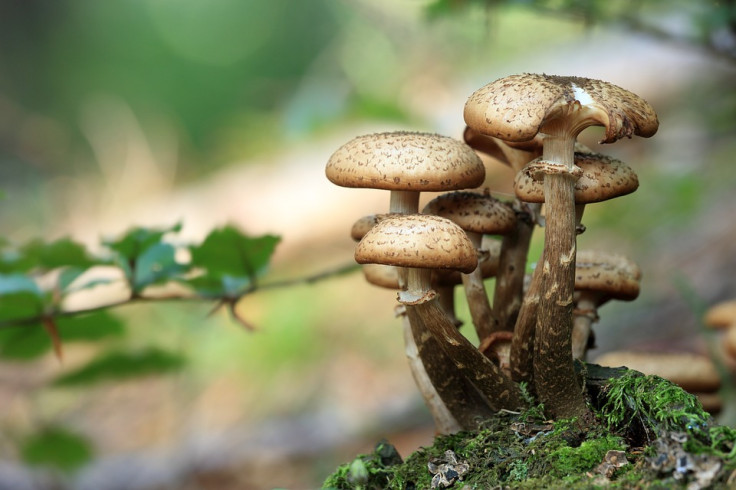We may soon be living in mushroom houses as new technology aims to replace concrete
Myecelium, the fungal network from which mushrooms grow, produces less carbon dioxide compared to traditional cement.
Mushrooms may be perceived as soft organisms but surprisingly, they may be the next big thing when it comes to engineering structures. Sustainable "mushroom bricks" are already in the early stages of research.
The need for more sustainable materials has prompted architects and engineers to come up with a material that is both durable and also biodegradable. Considering that construction remains a constant venture for mankind, these concerned architects and engineers came up with "mushroom bricks."
The fungal network from which these mushrooms grow is made with mycelium. According to Fungially, mycelium is the "vegetative body for fungi that produce mushrooms." The Verge noted that the material produces less carbon dioxide as compared to cement. Since it comes from plants, it is biodegradable. This characteristic allows it to leave lesser harmful waste.
David Benjamin, principal architect and founder of The Living, an architectural firm, said, "Our built environment needs these kinds of materials." He also said that different countries have truly ambitious climate change goals. He noted further that the mushroom material could help in jump-starting the said process.
The construction materials made from mushrooms are still in the early stages of development and research. However, it is already showing promise as an insulation material. Indeed, it can be considered as a great leap in curbing carbon dioxide pollution.
In a UN report, carbon dioxide that is coming from buildings makes up around 10 percent of the global carbon dioxide emissions. The percentage is even higher as compared to a combination of the emissions coming from the aviation and shipping industries.
The nasty effects of climate change are already unfolding at present. The World Health Organization (WHO) states that air pollution kills around seven million individuals all over the world every year. The numbers are appalling since nine out of 10 people breathe air that does not coincide with the acceptable air pollutant levels given by the organization.
© Copyright IBTimes 2025. All rights reserved.






















